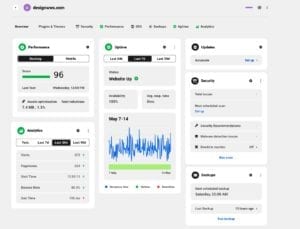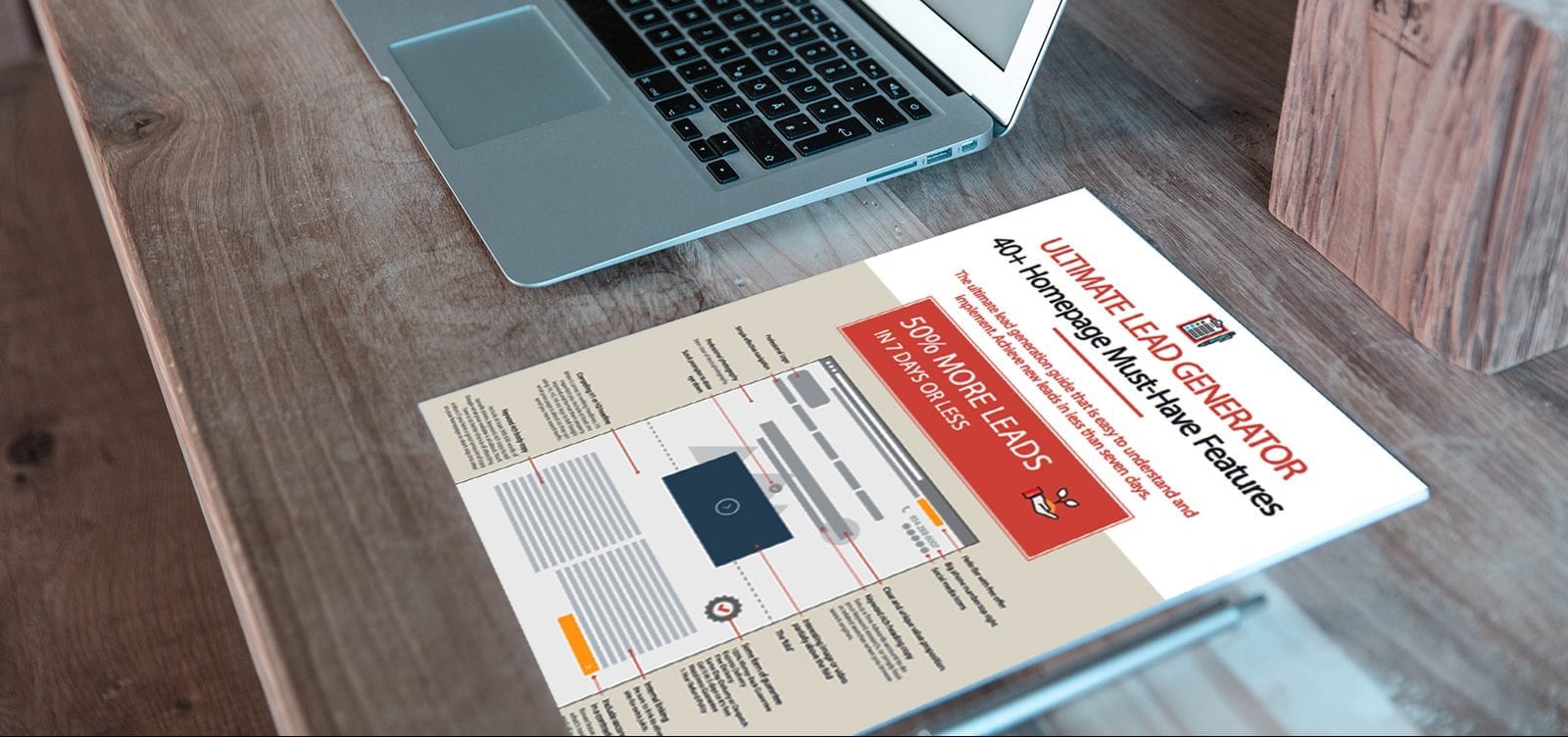Using your WordPress dashboard can be a breeze if you know what you’re looking at.
Typically, the first thing you’ll see when logging into WordPress is the dashboard. It’s a great way to get updates on your website statistics and more in the main area of your dashboard.
You will find widgets that provide news and basic information about your site. You can drag and drop these widgets to position them however you would like.
You can also roll them closed by clicking the down arrow icon in the far right corner near the widget title, some widgets have configuration options that you can access by hovering over the title bar and clicking on the configure link that appears in the upper right-hand corner of the screen, you’ll see a couple of pull-down tabs labeled “Screen Options” and “help“.
To click on the “screen options” tab brings up customization options for your dashboard here you can turn off and on the widgets, you want shown at any given time.
The “help” tab provides information about these customizations, as well as helpful links to documentation and support in the sidebar, you’ll find links that provide easy access to the different areas of your website when the menu item is selected.
A list of submenu items will appear below it hovering your cursor over any of these items will also display the submenu, you can click these to easily access any of the subsections of your site.
The main menu items include a dashboard where you can receive statistics and updates regarding your website posts, where you create and manage the posts on your blog as well as the Tags and Categories managing them.
- Media: is for managing the media content library for things like PDFs, videos, images, and audio files.
- Pages: buttons are for creating and managing pages on your site.
- Comments: are used to manage your visitor’s feedback.
- Appearance: is used to choose your theme setup. widgets,
- create custom navigation menus and more.
- Plugins: give you the power to extend the capabilities of your website and allows you to manage activate and deactivate them.
- Users: allow you to manage and view all of the site’s users. It also allows you to edit your own profile, giving you options to change your password, email address, and screen name.
- Tools: provide some powerful tools, plus options for importing and exporting content.
- Settings: is where a bulk of your site’s options are maintained, your website’s name privacy and permalink settings can all be configured to your liking here.
At the top of the page, you’ll find the admin bar, which provides access to commonly used features and information.
Learn how to use the WordPress Quick draft in the dashboard
Quick draft module, located in your dashboard is an easy way to quickly write out your ideas for a post and save it as a draft, to refine later.
- Simply type in a title and add in your post content.
- When you are done, click Save Draft. This automatically adds it to your drafts, which you can access by going to posts and then all posts.
- From here, you can continue to edit your posts in the post editor, as well as add tags categories, and media, and then publish it to your site.






